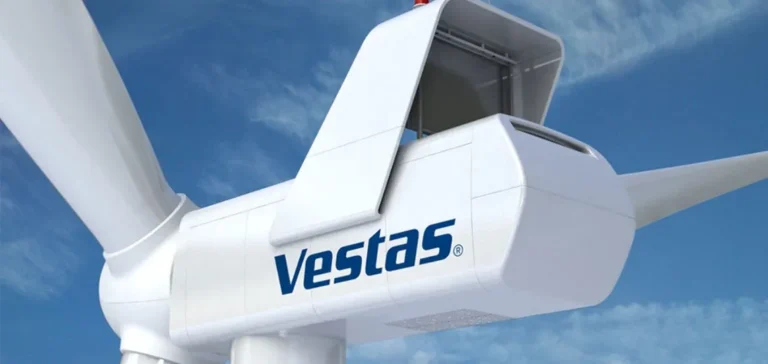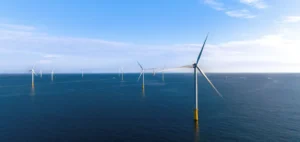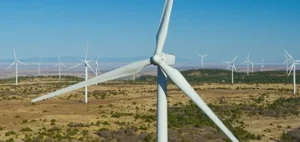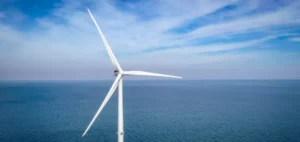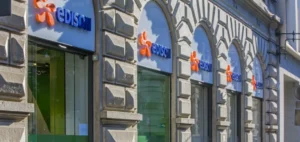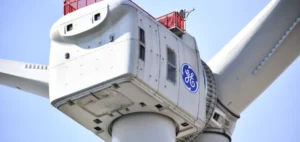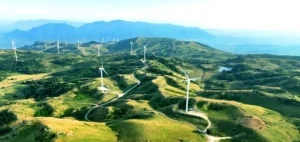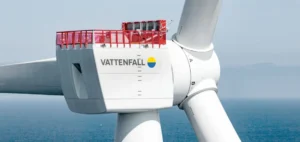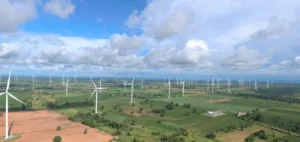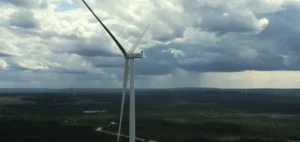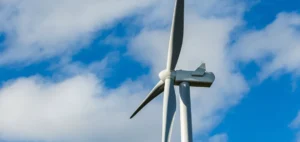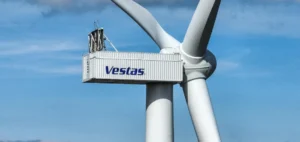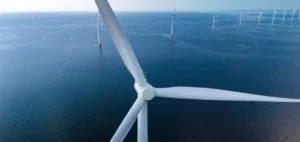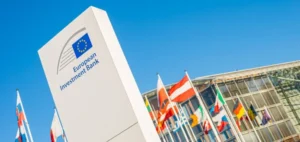Vestas Wind Systems A/S reported revenue of EUR 3.745bn ($4.09bn) for the second quarter of 2025, up 13.6% compared with the same period last year. Earnings before interest and taxes (EBIT) before special items totalled EUR 57m ($62.3m), representing a margin of 1.5%, a significant improvement from the negative margin of 5.6% recorded in the second quarter of 2024.
Order decline and cash flow pressure
The group recorded firm and unconditional wind turbine orders of 2,009 megawatts (MW) in the second quarter, down 44% compared to the same period last year. This contraction was attributed to persistent political uncertainty, particularly in the North American market. The wind turbine order backlog stood at EUR 31.4bn ($34.3bn) as of 30 June, while service agreements accounted for EUR 35.9bn ($39.2bn), bringing the total backlog value to EUR 67.3bn ($73.5bn), compared with EUR 63bn ($68.8bn) a year earlier.
In terms of cash flow, adjusted free cash flow amounted to EUR (227)m ($-248m), a sharp contrast to the EUR 524m ($572m) generated in the second quarter of 2024. This deterioration was partly due to ramped-up investments in offshore activities, including the production of the first V236-15.0 MW nacelle in Poland.
Capex maintained and outlook confirmed
Vestas is maintaining its full-year guidance, with revenue expected between EUR 18bn and 20bn ($19.7bn to $21.9bn), and an EBIT margin of 4% to 7%. Total investments for 2025 are projected at around EUR 1.2bn ($1.31bn), in line with previous announcements.
President and Chief Executive Officer Henrik Andersen stated that the quarterly performance reflected “improved onshore project execution and lower warranty costs,” though these results were partially offset by spending on the offshore ramp-up.
Capital returns at highest level since 2020
Return on capital employed (ROCE) over the past twelve months reached 11.5%, its highest level in five years, according to internal company data. The Service division also delivered solid results, supporting the implementation of the group’s recovery plan.
Andersen noted that “order momentum remained positive in Europe, the Middle East and Africa (EMEA),” while acknowledging that regulatory uncertainty in certain key markets continues to slow commercial commitments.


